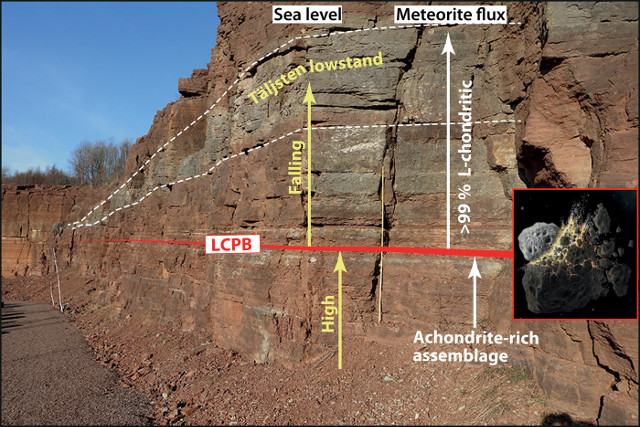To Die in Italbar by Roger Zelazny
The novel “To Die in Italbar” by Roger Zelazny was published for the first ime in 1973.
Heidel von Hymack is a man who, thanks to a contact with a deity, received the power to treat people simply by touching them with his hands. Known simply as “H”, he uses his power on several planets but as a result of an accident the other face of that power starts manifesting itself, the one that causes death by touch instead of healing.
Malacar Miles has been a military man for many years and thinks he can exploit the powers of Heidel von Hymack to destroy his enemies. Finding him, however, isn’t simple and in his research he must overcome various obstacles because higher forces are also at work and have other plans for “H”.





